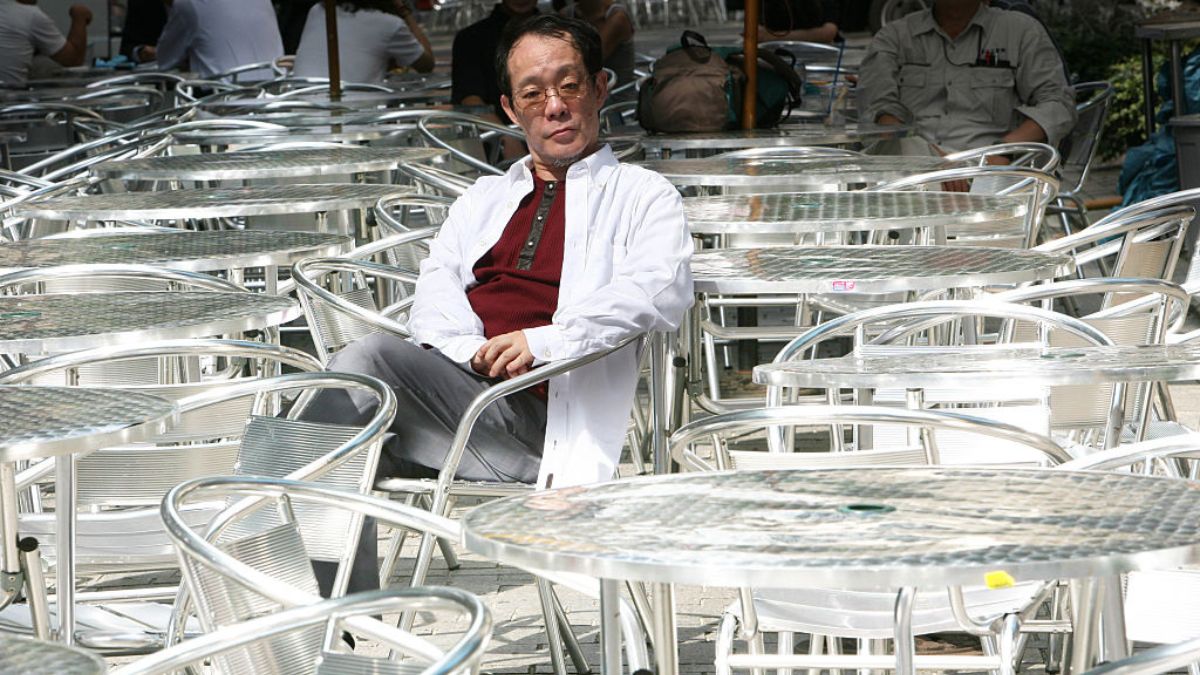
Issei Sagawa was a Japanese student studying literature at the Sorbonne in Paris when he did one of the most shocking crimes of the 20th century in June 1981. On June 11, the 32-year-old asked his classmate Renee Hartevelt, a 25-year-old Dutch student, to come to his apartment. He told her they would work on a poetry translation assignment. Once she was there, he shot her in the neck with a rifle and killed her right away. Over the next few days, Sagawa raped her dead body and ate parts of it. He also took photos of the body at different stages.
Four days after the murder, Sagawa tried to get rid of the body parts in the Bois de Boulogne park. He put the cut up body pieces in two suitcases, but people walking by saw blood coming out of them and called the police. Sagawa was arrested and told police everything he did right away. Even though he confessed and there was a lot of proof, French doctors said he was legally insane and could not stand trial. He was put in a mental hospital in France for two years.
In 1984, Sagawa was sent back to Japan, as per The Hindu. His father was very rich and powerful and reportedly paid a lot of money to get his son out. Japanese doctors checked him and said he was sane. They said he only had what they called a character problem. But French officials had already closed the case and would not give the files needed to put him on trial in Japan. Because of this legal problem, Sagawa walked free after only 15 months in a Tokyo mental hospital. He checked himself out in 1986 and has never spent time in prison for killing, sexually assaulting, and eating a Dutch student in Paris.
How he became a celebrity in Japan
Instead of staying away from people, Sagawa used his fame and became a public figure in Japan. He wrote a book called In the Fog that talked about the murder in graphic detail. The case also made Japanese writer Juro Kara write a book called Letter from Sagawa-kun, which won Japan’s biggest literary prize in 1982. Sagawa went on television talk shows, worked as a restaurant critic and magazine writer, acted in porn films, and made manga comics that showed his crime.
Disturbing Vice interview with Issei Sagawa, who in 1981, murdered, dismembered and cannibalized Renée Hartevelt in Paris. He spent only 5 years in a French asylum before being deported to Japan. Upon his return, he became a minor celebrity and lived as a free man. pic.twitter.com/zGv5xxU3fv
— Morbid Knowledge (@Morbidful) February 24, 2024
Sagawa never felt sorry for what he did his whole life. In a 2013 interview with Vice, he looked at posters of Japanese women and said, “I think they would taste delicious.” He kept talking openly about wanting to eat people in interviews and in the 2017 documentary Caniba. The film’s director Verena Paravel said working with him left the crew feeling “disgusted, fascinated” as they tried to understand him.
Sagawa’s case is still one of the most hated examples of a killer getting away with murder because of problems between different countries’ laws. Just like another case where a cannibal used gaps in Germany’s laws, Sagawa’s freedom made people angry all over the world. His family’s money played a big part in getting him out, with reports saying his father paid close to half a million dollars to French lawyers.
Sagawa’s last years were hard because of health problems. He had a stroke and spent his final time in a wheelchair, living with his brother. He died of pneumonia on November 24, 2022, at the age of 73. His funeral only had family members there, and there was no public ceremony. The case shows how legal problems can let killers walk free, leaving families of victims without justice and making people ask questions about how different countries work together on law enforcement.







